Centuries of Lancashire's proud history ended on this day
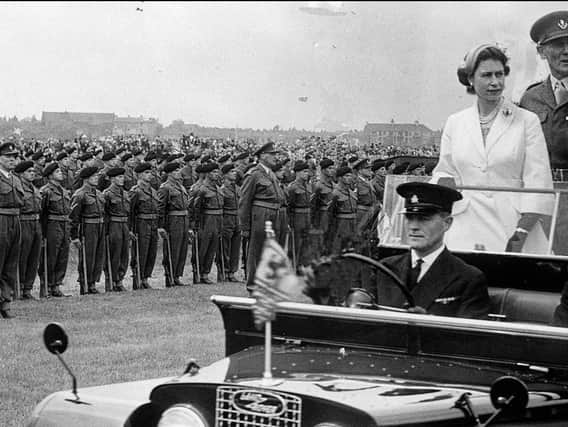

The melancholy notes of the ‘Last Post’ sounded across the parade ground of Fulwood Barracks, Preston.
Two flags were lowered in the still morning air of March 26, 1970 and, in a moment, two regiments had passed into history.
Advertisement
Hide AdAdvertisement
Hide AdThe ceremony at the barracks marked the amalgamation of the Loyals Regiment and the Lancashire Regiment to become the new Queen’s Lancashire Regiment.
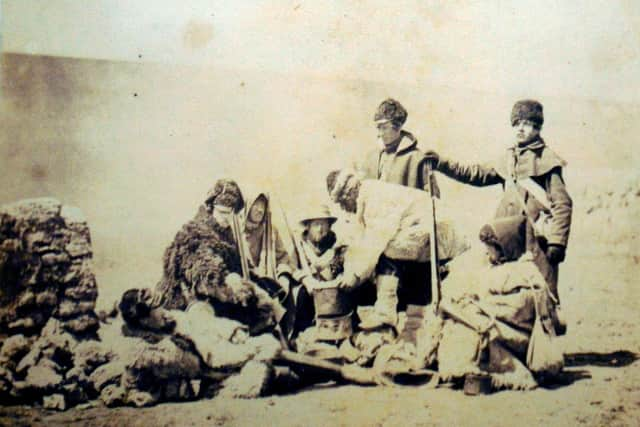

The commanding officer Lt Col D E Dunand, and the associated officers and men, watched as the flags of the old regiments were hailed down and a new one run up. The commanding officer then distributed new hat badges to the men, who would also wear new lapel badges.
Meanwhile, the army brought a touch of humour to the serious business of forming the new regiment. The bands of the two ‘dying’ regiments played, ‘I’m getting married in the morning’ as they led the inauguration ceremony of the 1st Battalion of the new Queen’s Lancashire Regiment.
More than 300 troops of the former Lancashire (Prince of Wales Volunteers) and the Loyal (North Lancashire) Regiments were on the bitterly cold parade ground at the Connaught Barracks, Dover, for the ceremony.
Advertisement
Hide AdAdvertisement
Hide AdMore than 1,000 guests, including mayors and old comrades from throughout Lancashire, watched as the new colours were presented by Field Marshall Sir Gerald Temples.
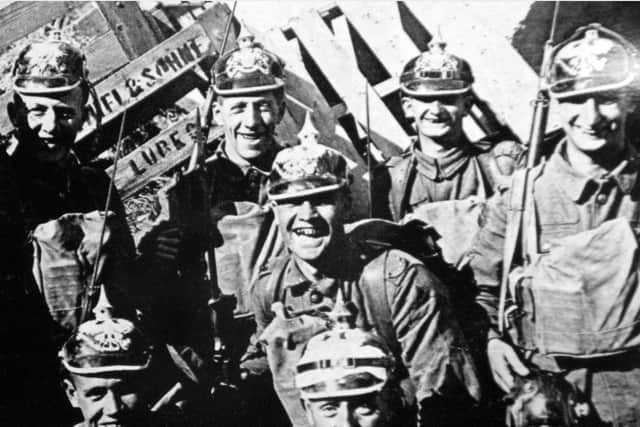

“They live or die who wear the Rose of Lancaster.”
That was the war cry which stirred the hearts of the Lancashire Loyal Regiment for more than two centuries. Fifty years ago that cry became a part of history as much as the storming of Quebec with Wolfe or the bloody Battle of Mons.
Loyal Regiment had been the only Lancashire infantry unit to escape the Army mergers in 1958. Its passing marked a sad day for many old soldiers, with the official ceremony not taking place in Preston or Bolton, the two main recruiting towns.
Instead the Loyals were married into the Lancashire Regiment (Prince of Wales Volunteers) at Connaught Barracks, Dover, where the new Queen’s Lancashire Regiment came into being, with Fulwood Barracks its regimental headquarters.
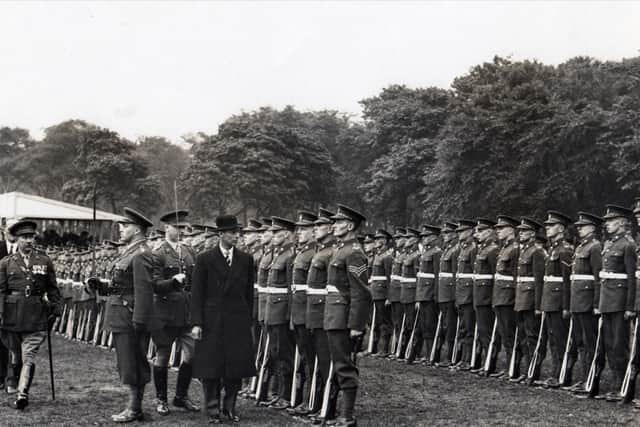

Advertisement
Hide AdAdvertisement
Hide AdThe history of the regiment is one of achievement in battlefields throughout the world. Five soldiers - two privates and three lieutenants - were awarded the Victoria Cross for valour and countless other Lancashire Lads were awarded medals for bravery.
Mordaunts Foot was first raised in Scotland in 1741, and became the 47th seven years later. It played a prominent part in the Seven Years War with the French in Canada, and the earliest battle honour was Louisburg, 1758. It became known as ‘Wolfe’s Own’ at Quebec in 1759, where it formed the centre of Wolfe’s line at the Heights of Abraham. In 1762, while stationed at Lancaster, it received the title of the 47th (The Lancashire) Regiment of Foot. During the 19th century, the regiment fought far from home.
In the Burmese War of 1824, the 47th earned the battle honour of Ava and gained further honour at Alma and Inkerman, 1854, and Sebastopol, 1855, during the Crimean War. During the Indian Mutiny in 1857, the 51st saved Lahore by its prompt action in disarming four disaffected native regiments.
The 1st Battalion served in the South African War from 1898 to 1902. In 1900, half of the battalion under Colonel Kekewich formed the bulk of regular troops who held Kimberley during the four-month siege and won the unique battle honour, the ‘Defence of Kimberley’.
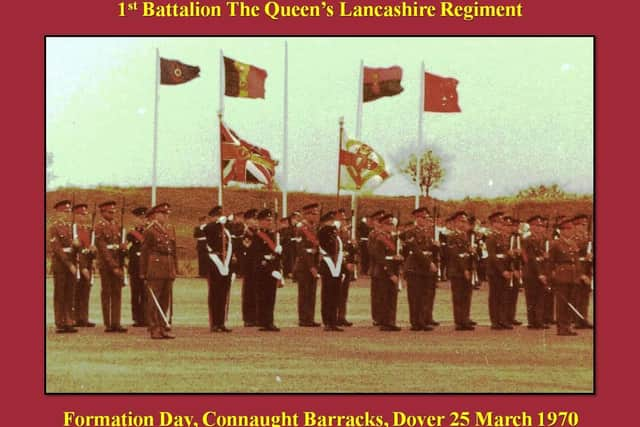

Advertisement
Hide AdAdvertisement
Hide AdIn 1908, with the formation of the Territorial Force, the voluntary battalions were incorporated as the fourth and fifth battalions. These later played a noble part in the First World War when the regiment was increased to 21 battalions and added to its long list of achievements 68 battle honours including ‘Kilimanjaro’ - unique in the British Army - awarded to the 2nd Battalion for its services in East Africa.
In 1921, the title of the regiment was changed to the Loyal Regiment (North Lancashire). In the Second World War, the 1st Battalion distinguished itself in the campaign which lead to Dunkirk, in the bitter fighting in North Africa, at the Anzio landing and in Italy, while the 2nd Battalion, after a gallant fight, shared the fate of Singapore.
Speaking in 1970, Lt Col Philip Rogers, regimental secretary at Fulwood Barracks of the Loyal Regiment, said of their passing: “I think it is terribly sad when any regiment passes on.
“One has to be resigned to the fact, even though there are 200 years of history behind the regiment. But my own feeling is that it will be a happy amalgamation.”
Advertisement
Hide AdAdvertisement
Hide AdPerhaps the ones who felt the pangs of regret most were the old soldiers, the men who, as boys, crossed the channel to fight between 1914 and 1918 and later in the 1939-45 war.
Albert Oldfield, of Fulwood, joined the Loyals in July 1917. Very soon he was on the frontline, charging over the top into No Man’s Land.
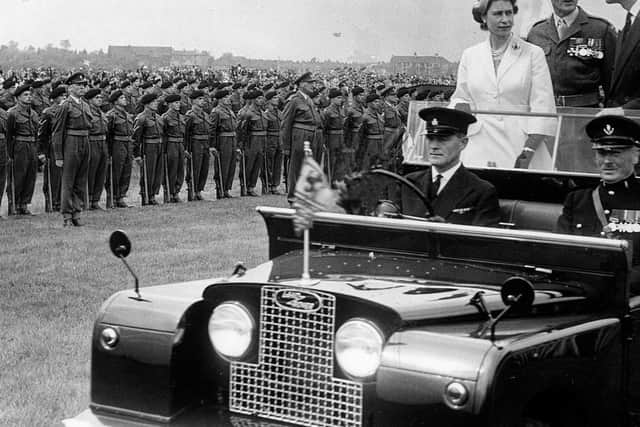

He said: “Everything we did, we took it in our stride. We went where we were sent. Getting out of a trench to charge ‘Gerry’ was like hell on earth. I went without grub for days at a time. That war was absolute murder.”
Mr Oldfield’s army career resumed in the Second World War when he joined the 134th mixed heavy ack-ack regiment, Royal Artillery.
Advertisement
Hide AdAdvertisement
Hide AdJim Routledge, of Fulwood, enlisted as a boy in 1913, and faced the foe when the first war started.
Looking back over the years in 1970, he said: “It was tough when we first went to the front. You never knew where you were going. But I got a little extra money because I was a bugler and drummer. They have been some happy years and I have had some good times.”
The passing of one of Britain’s most famous regiments certainly marks the end of an era. What countless foes in many battlefields could not do, the winds of change have.
Comment Guidelines
National World encourages reader discussion on our stories. User feedback, insights and back-and-forth exchanges add a rich layer of context to reporting. Please review our Community Guidelines before commenting.